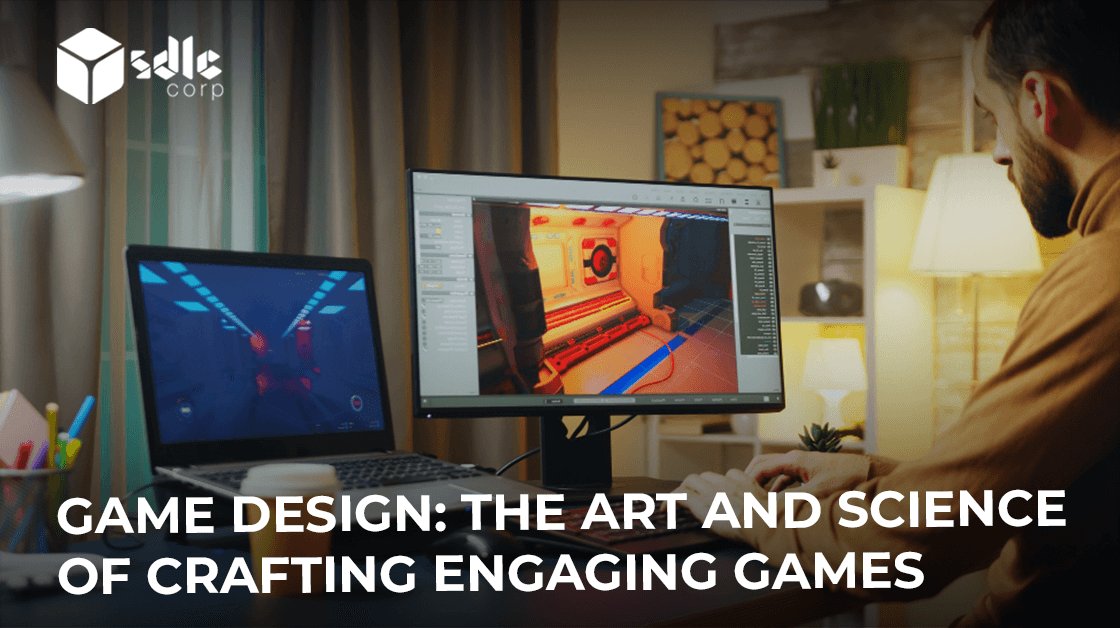Game Design: The art and science of crafting engaging games
Game design is a multidisciplinary field that blends art, science, and technology to craft engaging, interactive, and immersive gaming experiences. It involves developing, prototyping, testing, and refining gameplay mechanics, storylines, characters, aesthetics, and overall user experience. Game designers draw on diverse disciplines, including psychology, sociology, mathematics, computer science, and storytelling, to create games that resonate with various audiences.
At its core, game design revolves around understanding players’ needs and motivations and using that insight to create entertaining but also challenging, rewarding, and meaningful games. Whether designing video games, board games, or mobile apps, game developers must balance development’s technical and artistic aspects with the end-user experience. This balance is essential for companies specializing in emerging fields like Blockchain Game Development and Metaverse NFT Game Development, where innovation is critical.
As the video game industry continues to expand, generating billions of dollars annually, the demand for skilled game designers has never been higher. Game development companies and Web3 Game Development Companies are pushing the boundaries of interactive experiences by incorporating cutting-edge technologies like blockchain and smart contracts. These innovations enable the creation of unique, secure, and transparent in-game economies, especially in games built by Custom Blockchain Development firms.
The art and science of game design, in this context, involve more than just crafting fun experiences. It’s about creating educational, challenging, and meaningful games while integrating advanced technologies like Blockchain and Smart Contract Development. As the industry evolves, companies explore these technologies to develop games that captivate and immerse players in new, interactive worlds.
Ultimately, game design is a dynamic and ever-evolving field that requires creativity, technical expertise, and a deep understanding of human behavior. Whether you’re a game developer working on the next big hit or part of a blockchain game development company, the goal is to create experiences that engage, inspire, and challenge players to explore new ideas and worlds.
What Is A Game Design?
The creation of rules, mechanics, gameplay, story, characters, environment, and visual elements to create an entertaining and engaging experience for the players is referred to as game design. Here’s a detailed explanation of what game design entails:
Conceptualization
Game design begins with a game idea or concept. This concept is expanded into a game design document, which details the game’s objectives, mechanics, gameplay, and other details. The game design document serves as a blueprint for the development team and a project roadmap.
Mechanics and Gameplay
Creating game mechanics is one of the most important aspects of game design. These are the rules and systems that govern the game’s gameplay and interactions with the player. The game mechanics should be simple and easy to understand, but also challenging and engaging in order to keep the player interested and motivated.
Story and Characters
The story and characters are another important aspect of game design. A good game should have an engaging narrative that draws the player into the game world. Characters must be well-designed and memorable, with distinct personalities and motivations that propel the plot forward.
Environment and Visual Design
Game’s environment and visual design are important aspects of game design. The game environment should be visually appealing and immersive, with details such as lighting, textures, and sound effects taken into account. The visual design should be consistent with the theme and narrative of the game, and it should contribute to the creation of atmosphere and mood.
Iteration and Playtesting
Playtesting and iteration are essential throughout the game design process. Real players try out the game and provide feedback on its mechanics, gameplay, and overall enjoyment during playtesting. This feedback can then be used to improve and change the game design, resulting in a better final product.
Technology and Platforms
Game design technology and platforms have a significant impact on game design and development. To create a successful game, designers must consider the hardware and software requirements of the target platform and select the appropriate tools and technologies.
Business and Marketing
Game design is more than just making a fun game; it is also about developing a profitable business model and marketing strategy. To ensure that the game reaches its intended audience and generates revenue, designers must consider the target audience, pricing model, distribution channels, and promotional activities.
To summarize, game design is a complex process that involves numerous elements such as mechanics, story, characters, environment, visual design, playtesting and iteration, technology and platforms, and business and marketing. A well-crafted balance of all of these elements is required for a successful game design in order to create an engaging and memorable gaming experience for players.
Steps to Create an Engaging Game Design
Creating an engaging game is a complicated process that requires a great deal of creativity, planning, and attention to detail.
Here are some steps to creating an engaging game design:
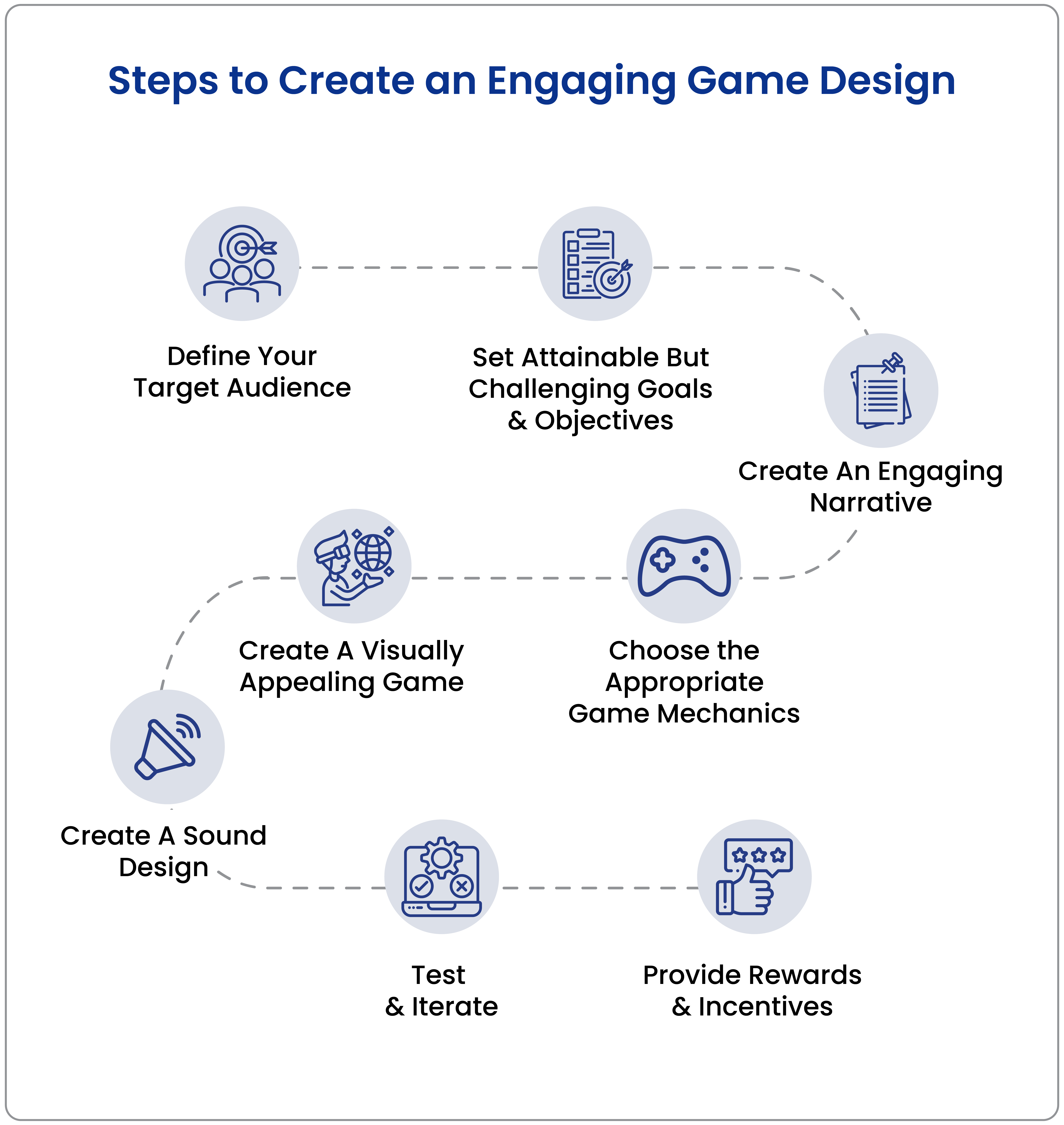
Define Your Target Audience
Before you begin designing your game, you must first determine who your target audience is. This will assist you in understanding their needs and preferences, allowing you to create a game that they will enjoy playing. Determine your target audience’s age, gender, interests, and gaming experience.
Set Attainable But Challenging Goals and Objectives
Your game should have attainable but challenging goals and objectives. This will encourage players to continue playing and give them a sense and feeling of accomplishment and pride when they achieve these objectives. To make the game more engaging, the goals should be linked to the game mechanics and the narrative.
Partner with the leading Game Development Company!

Create An Engaging Narrative
A good narrative is essential for engaging players in your game. It should be captivating, intriguing, and immersive. A well-written story with interesting characters and plot twists can hook players and keep them playing.
Explore our other insights!
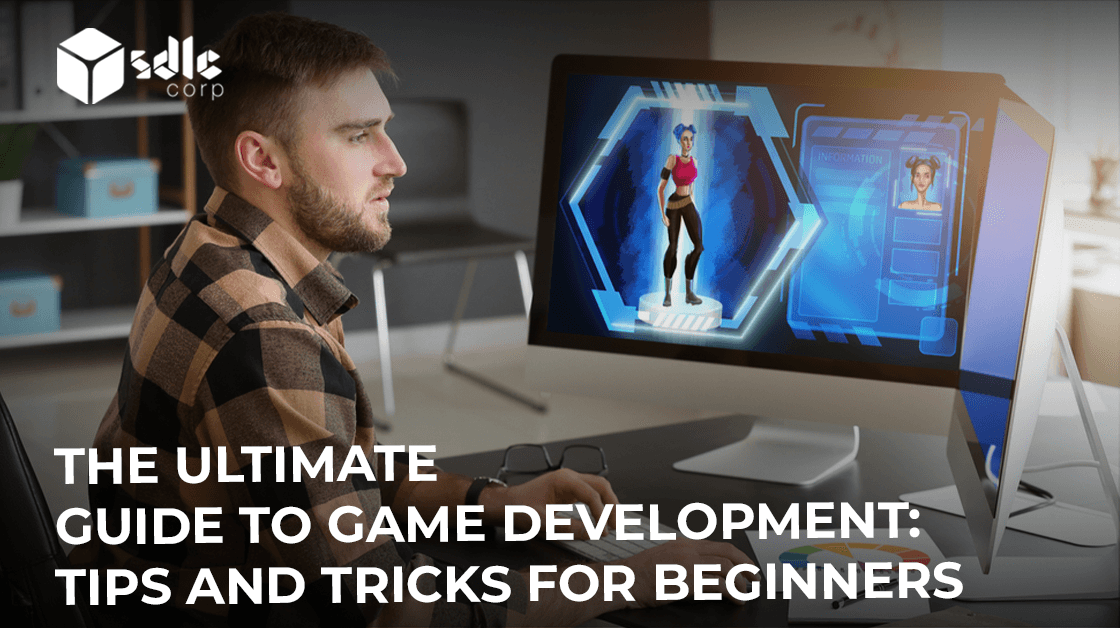
The Ultimate Guide to Game Development: Tips and Tricks for Beginners
Game development is an exciting and interesting subject that has grown in prominence in recent years. With the
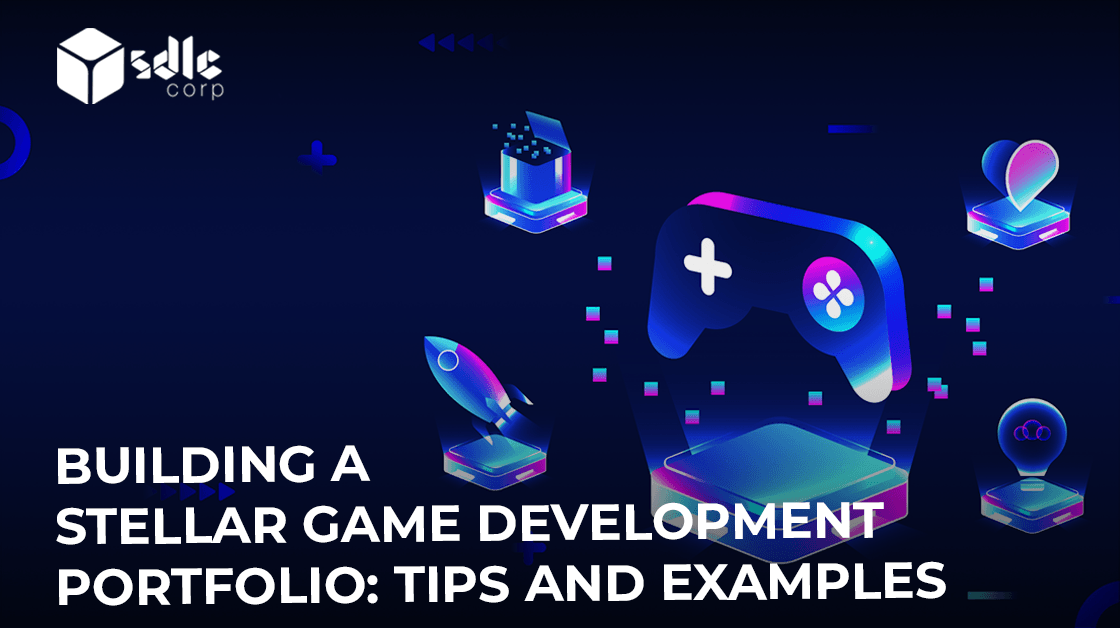
Building a Stellar Game Development Portfolio: Tips and Examples
Building a Stellar Game Development Portfolio: Tips and Examples Game development is a highly competitive field, and building

Essential Game Development Tools You Need in Your Arsenal
Essential Game Development tools you need in your Arsenal Creating video games is intricate and demanding, requiring a
Choose the Appropriate Game Mechanics
Game mechanics are the rules, challenges, and interactions that players will face in your game. Choose game mechanics that are simple to understand, easy to learn, and difficult to master. The game mechanics should be linked to the game’s goals and objectives.
Create A Visually Appealing Game
A visually appealing game is essential for creating a captivating experience for players. Use visually appealing colors, textures, and graphics that complement the game’s theme and narrative. Use animations and visual effects to improve gameplay and make it more immersive.
Create A Sound Design
Sound design is an important aspect of game design because it can elicit an emotional response from the player. Use appropriate sound effects and music for the game’s theme and narrative. Sound effects can also be used to give the player feedback and improve gameplay.
Test and Iterate
It is critical to test and iterate your game after you have designed it and received feedback from your target audience. This feedback can be used to iterate and improve your game design. Continuously test and iterate until you have created an engaging and enjoyable game.
Provide Rewards and Incentives
Offering rewards and incentives can encourage players to continue playing and achieve the game’s objectives. Points, badges, and in-game items can all be used as rewards. Bonuses or unlockable content can be used as incentives.
To summarize, developing an engaging game design necessitates careful planning and attention to detail. You can create a game that is enjoyable and engaging for your players by defining your target audience, setting clear goals and objectives, creating a captivating narrative, selecting the right game mechanics, designing a visually appealing game, creating a sound design, testing and iterating, and providing rewards and incentives.
Importance of An Engaging Game Design
The significance of a captivating game design cannot be overstated. It is the difference between a successful game that holds players’ attention and imagination and a forgettable game that fades into obscurity.
Here are some of the reasons why an engaging game design is essential:
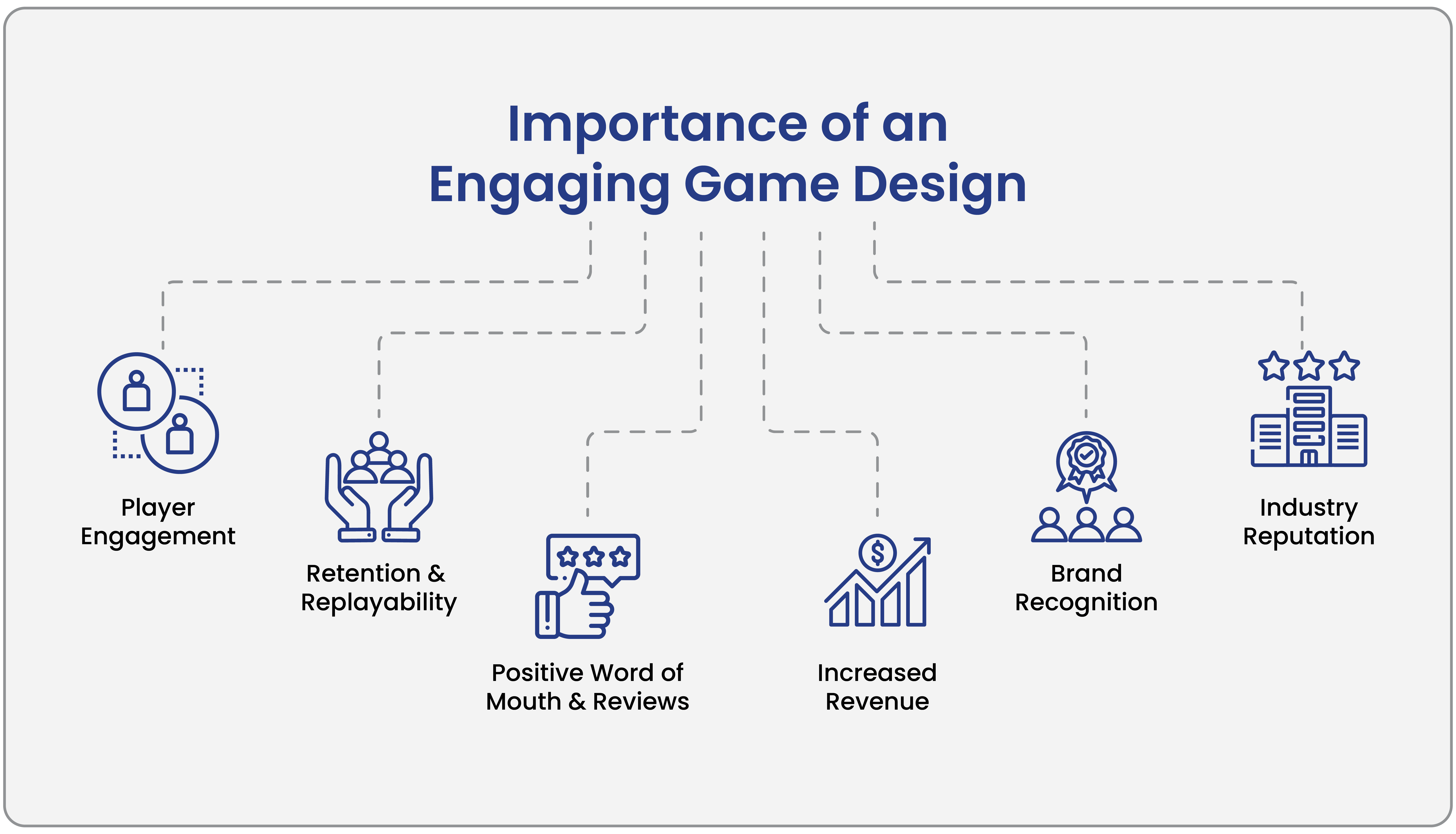
Player Engagement
An engaging game design catches the player’s attention and keeps them playing. Players are more likely to stick with a game that they enjoy and find challenging. As players progress through the levels and overcome obstacles, a well-designed game gives them a sense of accomplishment and satisfaction.
Retention and Replayability
An engaging game design ensures that players will return to the game time and time again. The more a player enjoys a game, the more likely they are to return to it. This increases replayability and extends the game’s lifespan.
Positive Word of Mouth and Reviews
An engaging game design generates a positive buzz around the game. Positive reviews and recommendations are more likely to come from players who enjoy a game. Word-of-mouth marketing can be an effective tool for promoting the game and expanding its reach.
Revolutionize gaming with Blockchain Game Development Company!

Increased Revenue
An engaging game design can also lead to increased revenue. Players who enjoy a game are more likely to buy in-game items, expansions, or sequels. A successful game may also result in merchandise sales, licencing agreements, and other revenue streams.
Brand Recognition
An engaging game design can aid in the development of brand recognition and loyalty. When a player enjoys a game, he or she is more likely to remember the brand and seek out other games by the same developer or publisher. This can result in a devoted fan base that can be used to promote future game releases.
Industry Reputation
Finally, an engaging game design can help to build the reputation of the game developer or publisher. A successful game can pique the interest of industry insiders, leading to recognition and awards. This may open up new avenues for future game development and collaboration.
Finally, an engaging game design is critical for a game’s success. It ensures player engagement, retention, and replayability, as well as positive reviews and word-of-mouth marketing, revenue generation, brand recognition, and industry reputation. Developers and publishers can create successful games that stand the test of time by focusing on creating an engaging and enjoyable game experience.
Game design is an important factor in the success of both mobile and PC games. A well-designed game should be engaging, challenging, and provide players with a memorable experience.
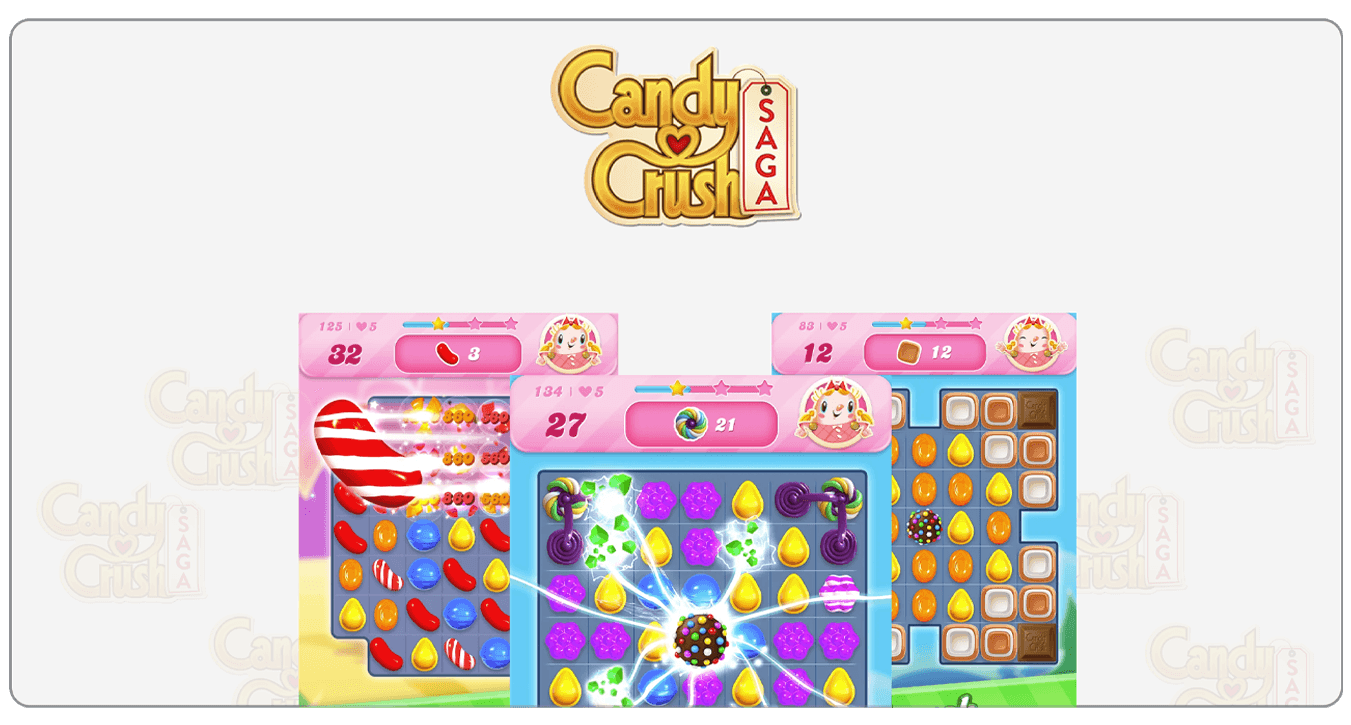
Candy Crush Saga
Candy Crush Saga is a mobile puzzle game that has gone viral around the world. The addictive gameplay, colourful graphics, and social integration contribute to the game’s engaging design. The game’s mechanics are simple: players match colourful candies to advance through levels. The game’s difficulty, on the other hand, increases as players progress, keeping them engaged and testing their problem-solving abilities. Players can connect and communicate with friends and compete for high scores thanks to the game’s social integration, making it a highly engaging social experience.
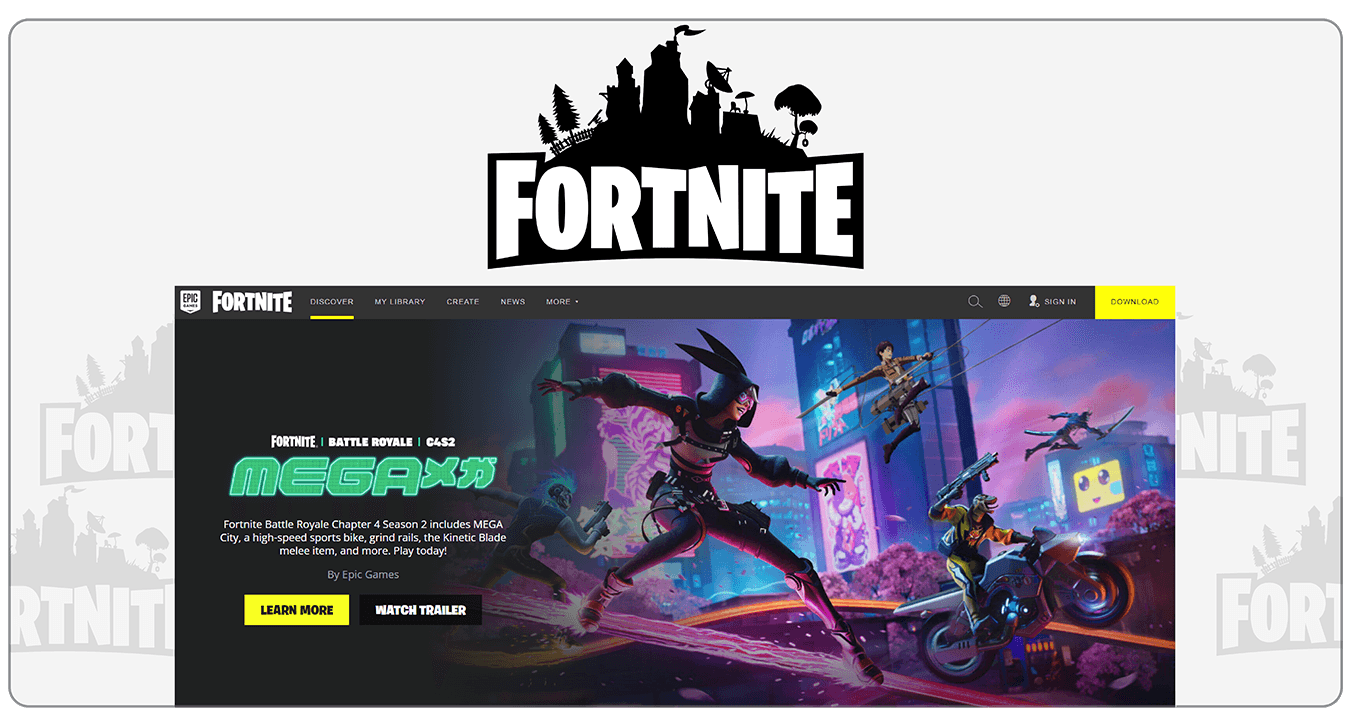
Fortnite
Fortnite is a well-known battle royale game that has swept the gaming world. The fast-paced gameplay, immersive world, and social integration contribute to the game’s engaging design. The mechanics of the game are complex, with players constructing structures, scavenging for weapons, and engaging in combat to be the last player standing. The game’s accessibility and intuitive controls, on the other hand, make it simple for players of all skill levels to pick up and play. The social integration of the game allows players to team up with or compete against their friends, making it a highly engaging social experience.
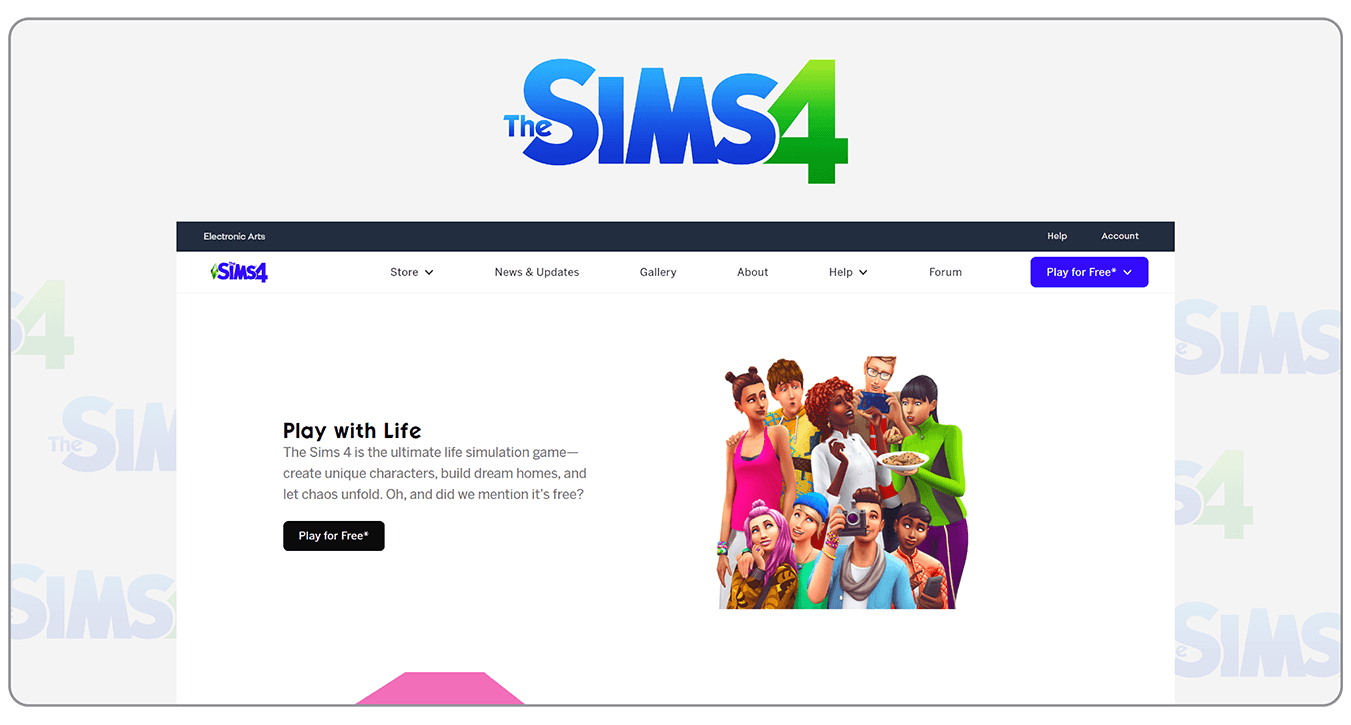
The Sims 4
The Sims 4 is a well-known life simulation game in which players create and control their own virtual characters called Sims. The game’s captivating design stems from its limitless possibilities, creative freedom, and social integration. The game’s mechanics are complex, with players managing the needs, relationships, and careers of their Sims. The game’s simple interface and tutorials, on the other hand, make it suitable for players of all ages and skill levels. Players can share their creations with friends thanks to the game’s social integration, making it a highly engaging social experience.
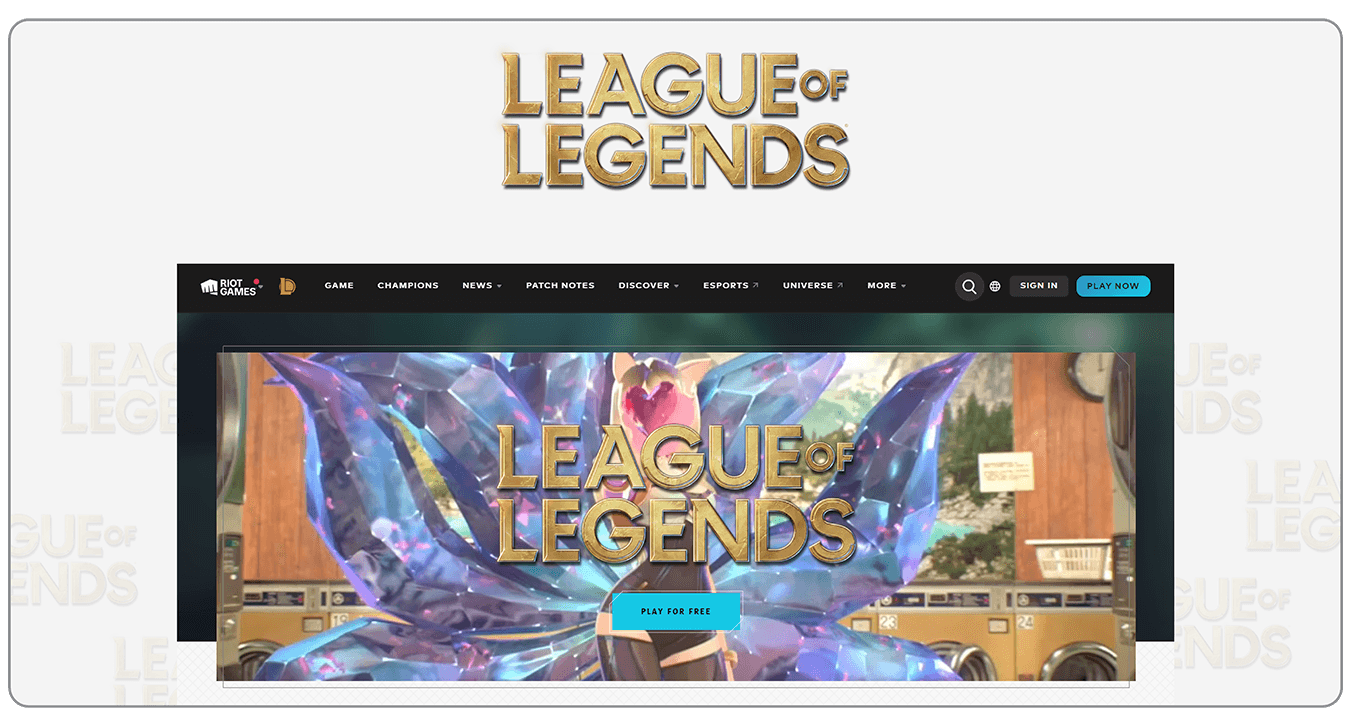
League of Legends
League of Legends is a well-known multiplayer online battle arena game with a large global fan base. The deep gameplay mechanics, strategic depth, and competitive nature of the game contribute to its engaging design. The game’s mechanics are complex, with players controlling champions who battle each other in a team-based setting. The game’s tutorial system and community support, on the other hand, make it accessible to players of all skill levels. Players can form teams, compete against other teams, and participate in esports thanks to the game’s social integration, making it a highly engaging social experience.
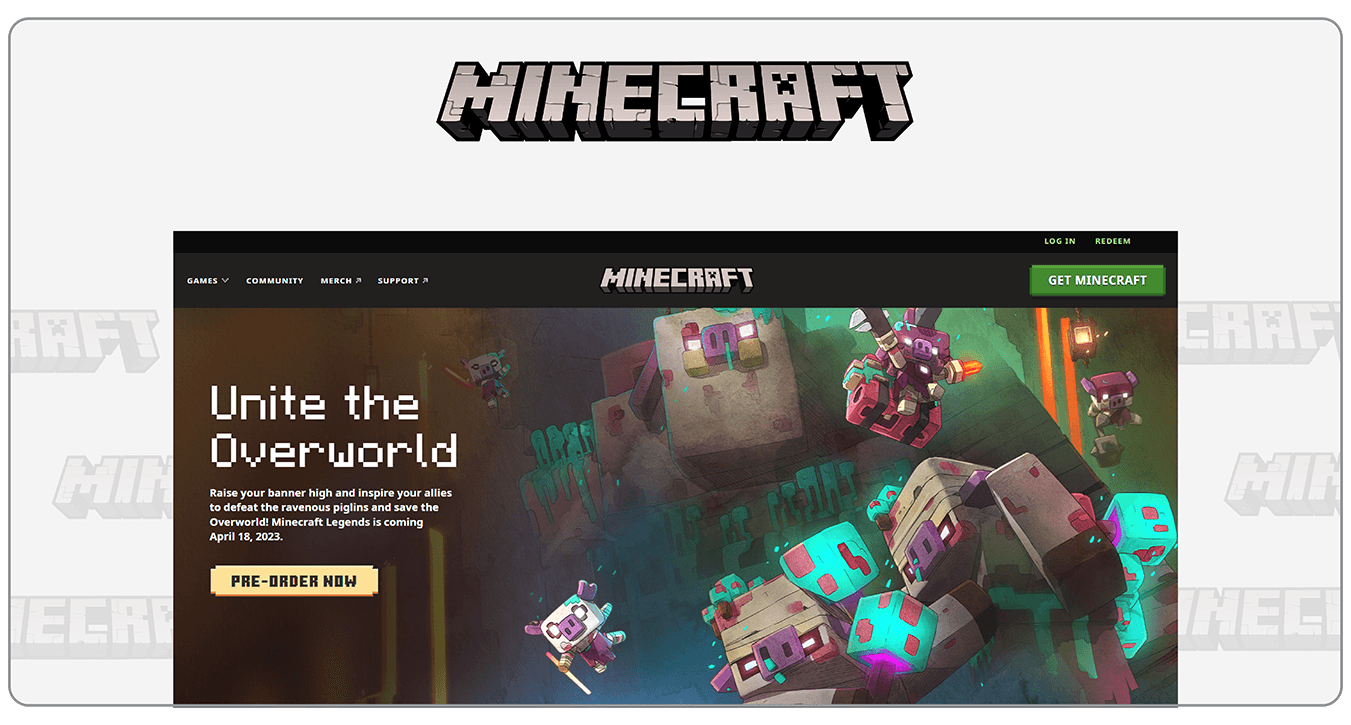
Minecraft
Minecraft is a sandbox game in which players can construct and explore their own virtual worlds. The open-world nature, creative freedom, and social integration of the game contribute to its engaging design. The mechanics of the game are straightforward, with players gathering resources, constructing structures, and exploring their world. The game’s limitless possibilities and social integration, on the other hand, make it a highly engaging social experience. The game’s accessibility and intuitive controls make it simple to play for players of all ages and skill levels, and its social integration allows players to share their creations with friends, creating a highly engaging social experience.
Finally, engaging game design is essential for the success of both mobile and PC games. The games mentioned above show the various ways that game design can be used to create engaging and memorable experiences. The key is to create a game that is easy to learn, challenging to master, and highly social, whether through addictive gameplay, immersive worlds, creative freedom, or social integration.
Conclusion
Game design is a delicate balance of art and science, essential for crafting engaging and memorable games. The most crucial element in this balance is player engagement. A well-designed game should be easy to learn yet challenging to master, providing players with an immersive and social experience that keeps them coming back. Whether through addictive gameplay, richly detailed worlds, or creative freedom, the goal is to create experiences that resonate with players on a deeper level, making them an integral part of the gaming industry.
Game developers are at the forefront of innovation, constantly pushing the boundaries in today’s rapidly evolving landscape. One such innovation is the incorporation of blockchain and smart contracts. Blockchain Game Development Companies and Web3 Game Development Companies are leading this charge, leveraging these technologies to create secure and transparent in-game economies. The unique features of blockchain, from Custom Blockchain Development to Metaverse NFT Game Development, open up new possibilities for player interaction and ownership.
Whether working with a traditional game development company or leveraging blockchain development solutions, the key to long-term success in game development lies in understanding both the technical and creative sides of game design. By partnering with skilled game developers who grasp these two aspects, you can craft games that entertain, challenge, and inspire players, ensuring they keep returning for more.
Level up your project: Hire Dedicated Game Developers!

FAQs
1. What is game design?
The process of creating and developing a game’s rules, mechanics, and visual aesthetics is known as game design.
2. What are some important elements of game design?
Gameplay mechanics, visual aesthetics, storytelling, level design, and social integration are all important aspects of game design.
3. What makes a game engaging?
When a game is engaging, it is simple to learn, difficult to master, and highly social. It should provide a memorable experience that keeps players returning for more.
4. How do you design a successful game?
To create a successful game, you should first define the core mechanics and gameplay loop. You should also concentrate on creating a memorable and immersive world, giving players creative freedom, and incorporating social features.
5. What are some examples of successful game designs?
Candy Crush Saga, Fortnite, The Sims 4, League of Legends, and Minecraft are examples of successful game designs. These games provide enjoyable gameplay mechanics, immersive worlds, creative freedom, and social integration.

